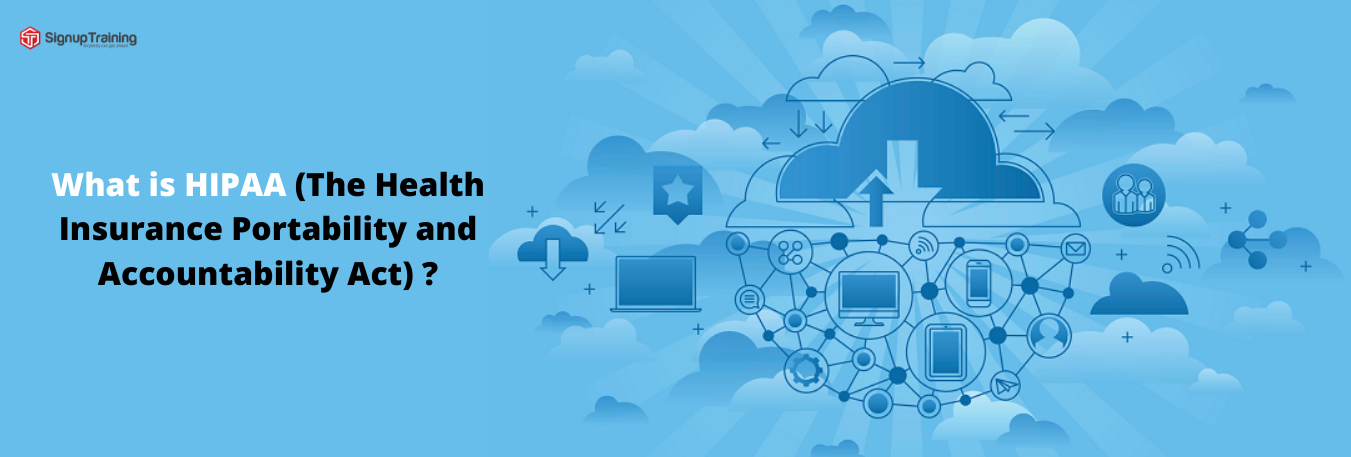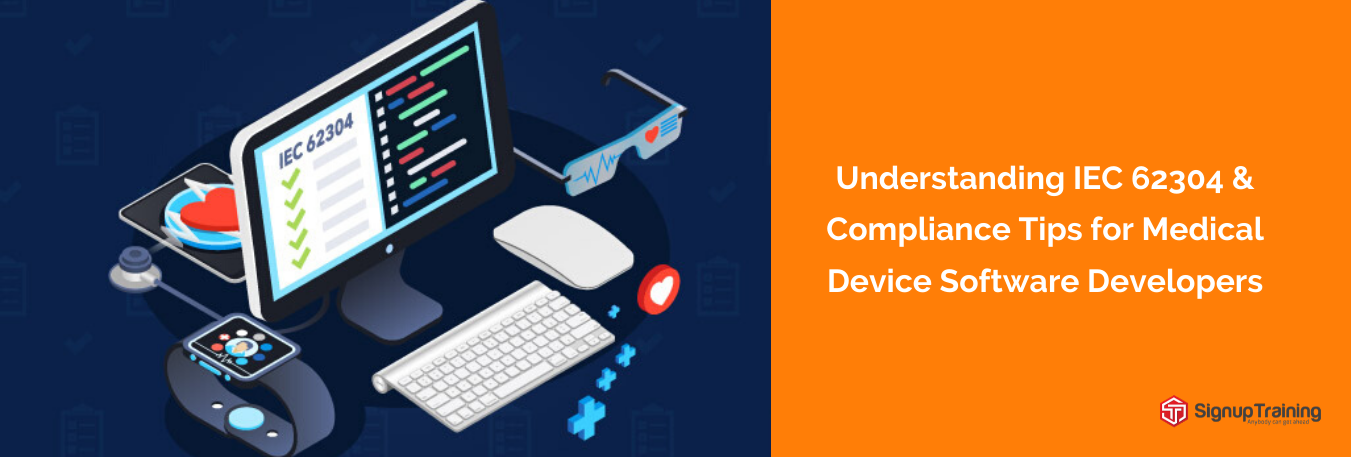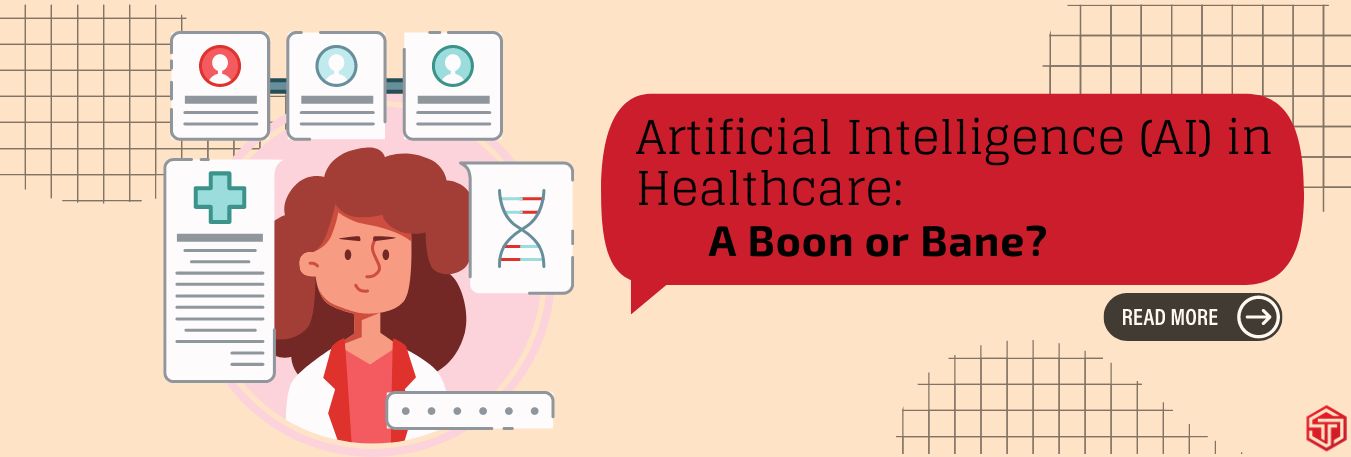What is HIPAA (The Health Insurance Portability and Accountability Act) ?

HIPAA or the Health Insurance Portability and Accountability Act of 1996 is a federal law that requires the creation of a national standard to ensure sensitive health information of patients are not disclosed without prior consent of the patient.
The HIPAA Act consists of 5 titles:
- Title 1 protects health insurance coverage for workers and their families that change or lose their jobs.
- Title 11 prevents healthcare fraud and abuse.
- Title 111 provides guidelines for pre-tax medical spending accounts.
- Title 1V offers guidelines for group health plans
- Title V governs company owned life insurance policies.
HIPAA, also known as the Public Law 104 – 191 has two main purposes; to provide health insurance coverage to people who lose their job, and to reduce administrative costs of healthcare by standardizing electronic transmission of administrative and financial transactions. The other purposes include addressing fraud, wrongful delivery of healthcare and improving long-term healthcare services.
HIPAA Privacy Rule
The HIPAA Privacy Rule officially established the first national standards in the US to protect a patient’s personal or protected healthcare information (PHI). The rule was issued to limit the use and disclosure of PHI. According to this rule, doctors are required to inform the patient regarding all the entities to which the doctor would be sharing PHI for administrative and billing purposes.
Protected Healthcare Information or PHI includes a patient's name, address, birth date and Social Security number, an individual's physical or mental health condition, any additional care provided to an individual or information concerning the payment for the care provided to the individual that identifies the patient, or information for which there is a reasonable basis to believe could be used to identify the patient.
The penalties for breaking this rule are large. The charges start from $100 for unknowingly sharing information $1.5 million for repeat violators.
This is just a quick overview of HIPAA for you. Join our webinar on HIPAA for a more detailed understanding of the HIPAA titles and what hospitals need to be aware of with regard to a patient’s protected healthcare information.
Trending now

Why do medical devices need FDA approval?
Blog
Top 10 HR Compliance Challenges in USA
Blog
Medical Device Regulations in the USA
Blog
Understanding IEC 62304 & Compliance Tips for Medical Device Software Developers
Blog
What is HIPAA (The Health Insurance Portability and Accountability Act) ?
BlogFDA Steps to Ensure Quality of Foreign Products
Blog
6 Skills that Make for a Great Human Resources Manager
Blog
Why do we have OSHA Regulations?
Blog21 CFR part 11 compliance - key factors that every FDA regulated business should know
BlogWhy is 21 CFR Part 11 Compliance Important?
BlogWhat are the Key Factors (Essentials) for 21 CFR Part 11 Compliance?
BlogFDA Regulated Firms Must Ensure Part 11 Compliance to Generate Accurate and Usable Data
Blog
Know how to Survive an OSHA Audit
Blog
Top 5 Job Opportunities in Biotechnology
Blog
5 Key functions of HR Management
Blog
Cybersecurity Threats Upcoming in 2023
Blog
Why Should You Learn About OSHA's Guidance on Substance Abuse Testing?
Blog
Importance of SOPs in the Pharmaceutical Industry
Blog
Non-Compliance on 1099 Filing: Consequences and Best Practices
Blog
Artificial Intelligence (AI) in Healthcare: A Boon or Bane?
Blog.jpg)
How to Ensure Compliance with the I-9 Form: A Guide for Human Resources
Blog
Effective OSHA Audit Observations and Best Practices
Blog
How to Land Your Dream Job in Accounting: Top Tips and Career Options
Blog
Cultivating Connections: How to Foster a Thriving Culture with Your Remote Workforce
Blog
The Transformative Power of Artificial Intelligence in Biotechnology
Blog.png)
6 Steps to Building an Effective Hazard Communication Program (EHS)
Blog